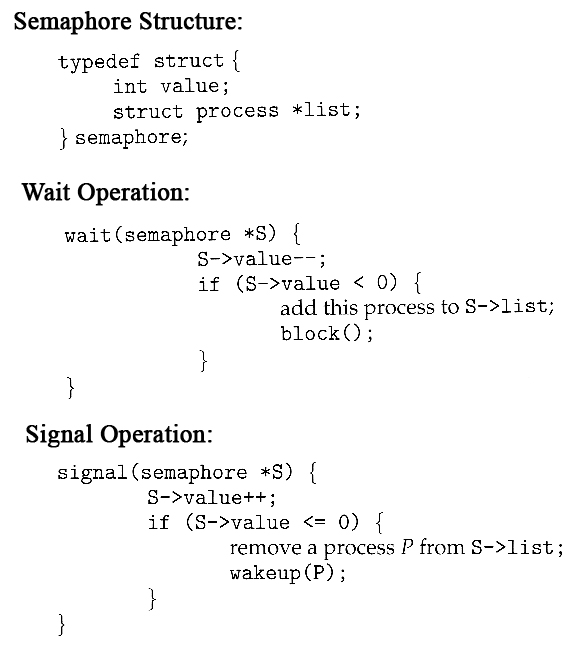
As its name suggest binary semaphore can have a value either 0 or 1.If you are in search of semaphore between processes then see this. That too binary semaphore example between threads in C language specifically. But our focus would be on binary semaphore only. There are 2 types of semaphores: Binary semaphores & Counting semaphores. In more words, semaphores are a technique for coordinating or synchronizing activities in which multiple processes compete for the same resources. Semaphore is a synchronization mechanism. (especially on older systems) than System V semaphores.Īn example of the use of various POSIX semaphore functions is shown in sem_wait(3).Email Print WhatsApp LinkedIn Reddit Twitter Facebook Messenger Reading Time: 2 minutes POSIX semaphores provide a simpler, and better designed interface than System V semaphores on the other hand POSIX semaphores are less widely available System V semaphores ( semget(2), semop(2), etc.) are an older semaphoreĪPI.

Since Linux 2.6.19, ACLs can be placed on files under this directory, to control object permissions on a per-user and per-group basis. NAME_MAX -4 rather than NAME_MAX characters.) (This is the reason that semaphore names are limited to System, normally mounted under /dev/shm, with names of the form sem.somename. On Linux, named semaphores are created in a virtual file Programs using the POSIX semaphores API must be compiled with cc -pthread to link againstĪccessing named semaphores via the file system POSIX named semaphores have kernel persistence: if not removed by sem_unlink(3),Ī semaphore will exist until the system is shut down. Linux 2.6 and a glibc that provides the NPTL threading implementation, a complete implementation of POSIX semaphores is provided. Prior to kernel 2.6, Linux only supported unnamed, thread-shared semaphores. The remainder of this section describes some specific details of the Linux implementation of POSIX semaphores. When the semaphore is no longer required, and before the memory in which it is located is deallocated, the semaphore should be It can then be operated on using sem_post(3) and Segment created using shmget(2), or a POSIX shared memory object built created using shm_open(3)).īefore being used, an unnamed semaphore must be initialized using sem_init(3). A process-shared semaphore must be placed in a shared memory region (e.g., a System V shared memory Threads of a process, for example, a global variable. A thread-shared semaphore is placed in an area of memory shared between the Thread-shared semaphore) or processes (a process-shared semaphore). Instead the semaphore is placed in a region of memory that is shared between multiple threads (a Unnamed semaphores (memory-based semaphores) An unnamed semaphore does not have a name. When all processes have finished using the semaphore, it can be removed from the system using When a process has finished using the semaphore, it can use Operated on using sem_post(3) and sem_wait(3). After the semaphore has been opened, it can be The sem_open(3) function creates a new named semaphore or opens an existing named semaphore. Two processes can operate on the same named semaphore

Named semaphores A named semaphore is identified by a name of the form /somename that is, a null-terminated string of up to NAME_MAX -4 (i.e., 251)Ĭharacters consisting of an initial slash, followed by one or more characters, none of which are slashes. POSIX semaphores come in two forms: named semaphores and unnamed semaphores.

Sem_wait(3) operation will block until the value becomes greater than zero. If the value of a semaphore is currently zero, then a One ( sem_post(3)) and decrement the semaphore value by one ( sem_wait(3)). Two operations can be performed on semaphores: increment the semaphore value by POSIX semaphores allow processes and threads to synchronize their actions.Ī semaphore is an integer whose value is never allowed to fall below zero.


 0 kommentar(er)
0 kommentar(er)
